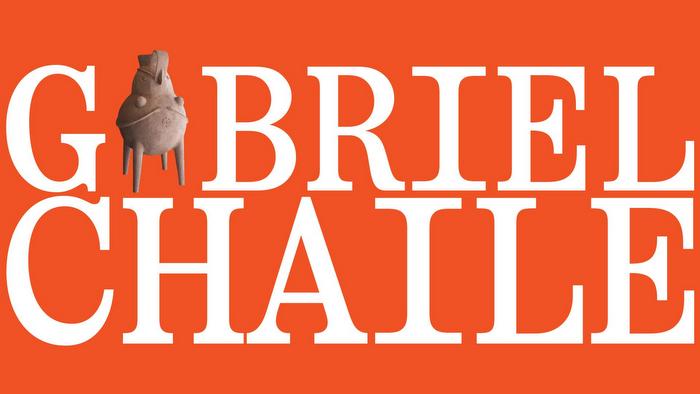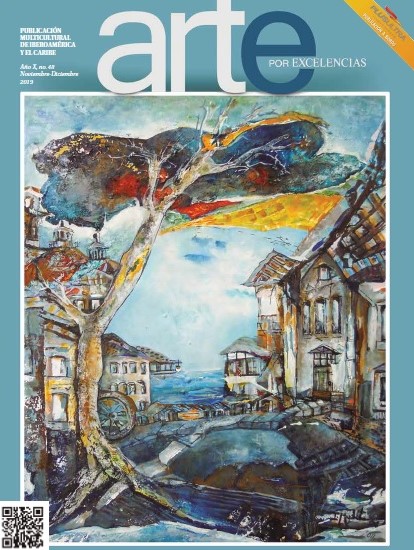 “Assaig S. T. 1909-1919” is a work that takes the Tragic Weeks of Barcelona (1909) and Buenos Aires (1919) as its starting point, using a rhizomatic process to search for the connectionsbetween the two painful events.
“Assaig S. T. 1909-1919” is a work that takes the Tragic Weeks of Barcelona (1909) and Buenos Aires (1919) as its starting point, using a rhizomatic process to search for the connectionsbetween the two painful events.
The conflicts which happened ten years apart have many similarities in spite of the differences in the circumstances that caused them.
The Tragic Week in Barcelona during the Maura government was unleashed by the recruitment of troops for the war in Morocco, better known as the Riff War. The Buenos Aires disturbances happened during the government of Hipólito Yrigoyen and began with a strike at the Vassena metal works in which the workers asked for a reduced workday of eight hours from eleven hours.
Class struggles, improvement in working conditions, education and religion were the conflicts at the tumultuous beginning of the twentieth century, including the Russian Revolution, and figures such as Trotsky, Bela Khun, Kautski, Lenin, and Rosa Luxemburg and Karl Liebneckt, the last two murdered socialists at the time of the Tragic Week in Buenos Aires.
Another key factor of the connection between the two cities was the presence of Alejandro Lerroux in Buenos Aires when the Tragic Week in Barcelona breaks out. He had been living in Argentina for two years.
The Italian Alejandro Merletti fled to Argentina where he became a photographer, then moved to Barcelona where he took the only photos of the trial of Ferrer I Guardia with a camera hidden under his jacket.
Marcel Duchamp was also in Buenos Aires during that period.
During the Tragic Week in July 1909 in Barcelona, 109 people died, many were injured and vast material damages were incurred. The pedagogue Ferrer I Guardia was among the five people executed by a firing squad.
During the Tragic Week in Buenos Aires in January 1919, there were 700 deaths and more than 2,500 injured, many of them children.
The artist uses paper and material perforated with needle and hammer to allow to transfer the painful process of engraving and transcribing those images on the psyche as if it were a blackboard.
The exhibition also includes paintings and an installation.
Galeria Cànem.- Antonio Maura, 6.- 12001 Castelló de la
Plana.- tel. 964 22 88 79 .- 670 36 98 47
canem@gri.es
www.galeriacanem.com
Publicaciones relacionadas

Próximamente "Margaret Whyte - Tiempo de escuchar"
Noviembre 01, 2024

















